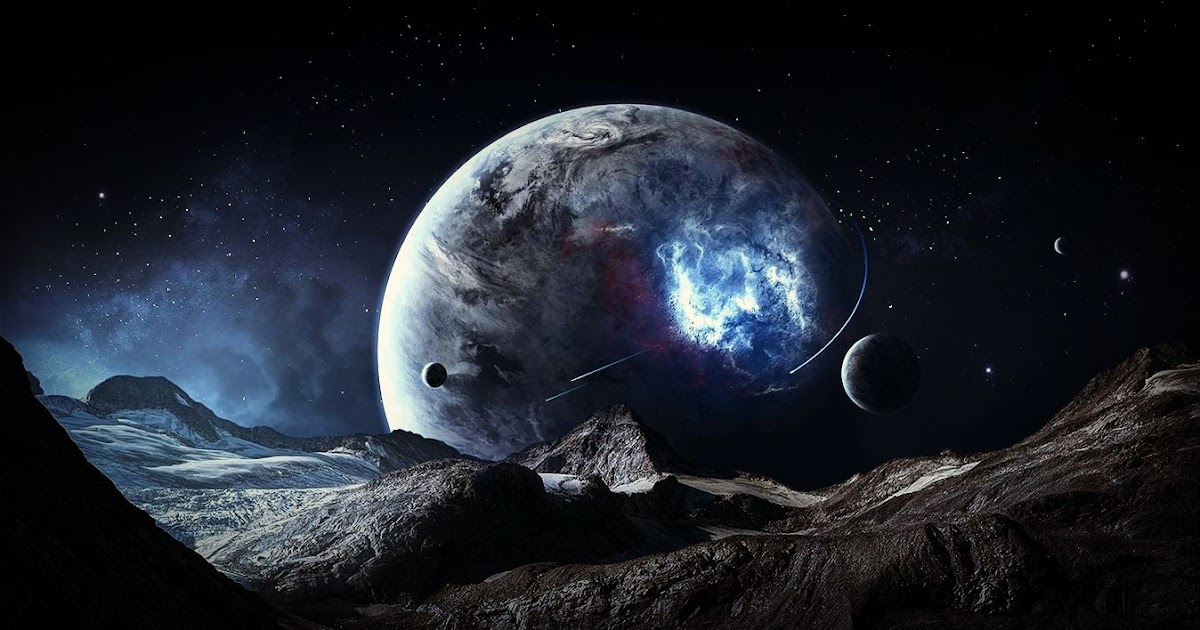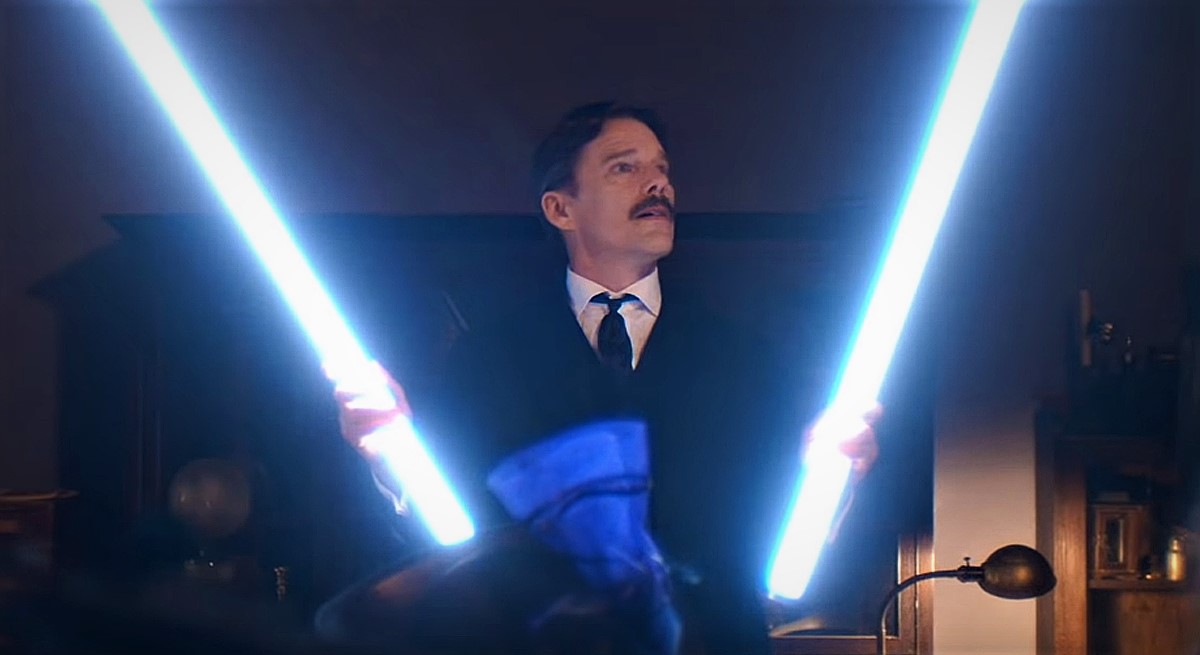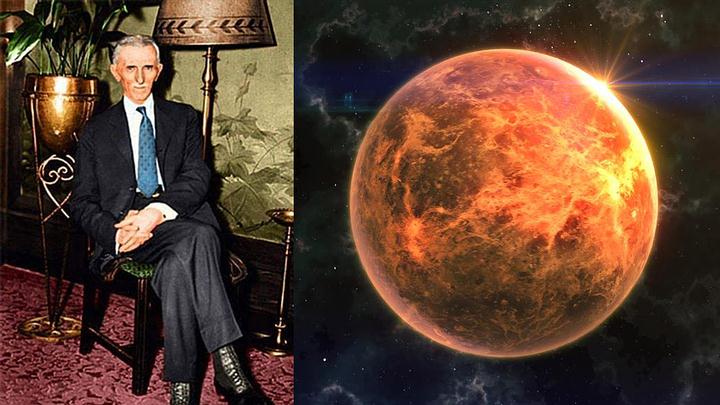In a TikTok video that has captivated millions, user @joli.artist has thrust the mind-bending concept of quantum immortality into the spotlight, sending viewers into a whirlwind of fascination, fear, and existential reflection. The theory, as presented by Joli Moli, suggests that humans may never truly die—instead, our consciousness could seamlessly transition into a parallel reality each time our physical body perishes.
This provocative idea, rooted in quantum mechanics and the many-worlds interpretation, has ignited intense discussions across social media, with users grappling with its implications for life, death, and the nature of reality itself.
The Viral Video: What Did @joli.artist Say?
Joli Moli, known on TikTok as @joli.artist, posted a video titled “Apocalypse…Again” that has amassed millions of views and thousands of comments. In it, she introduces the theory of quantum immortality, a speculative idea derived from physicist Hugh Everett’s many-worlds interpretation of quantum mechanics. According to Joli, quantum immortality posits that consciousness never experiences death. Instead, when a person dies in one universe—whether from an accident, illness, or global catastrophe—their consciousness instantly shifts to a parallel universe where they continue to live, unaware of the transition.
The creepiest aspect, Joli explains, is that we retain no memory of our previous reality, except perhaps for faint, nagging discrepancies that feel “off.” She takes the theory further, suggesting that humanity may have already endured countless apocalyptic events—think asteroid impacts like the one that extinguished the dinosaurs 65 million years ago, supervolcanic eruptions, or other cataclysms. Yet, instead of perishing, our consciousness “respawns” in an alternate reality where the disaster never occurred. “What I’m saying is that Earth is probably always being taken out,” Joli asserts, “and our consciousness just keeps getting transferred to another parallel universe, and another one, and another one. For all you know, the apocalypse probably already happened last night.”
To illustrate how we might detect these shifts, Joli points to the Mandela Effect—a phenomenon where groups of people share conflicting memories of historical events or details, such as believing Nelson Mandela died in prison in the 1980s when he actually passed away in 2013. Could these “false” memories be echoes of lives lived in other realities? Joli’s compelling delivery, blending quantum physics with relatable examples like arguing on Reddit about whether Pizza Hut has one “T” or two, has struck a chord, making her video a viral sensation.
Understanding Quantum Immortality: The Science and Speculation
To grasp quantum immortality, we must first explore its foundation: the many-worlds interpretation (MWI) of quantum mechanics, proposed by Hugh Everett III in 1957. Unlike the Copenhagen interpretation, which suggests that quantum events collapse into a single outcome when observed, MWI argues that every possible outcome of a quantum event occurs in a separate, branching universe. For example, in the famous Schrödinger’s Cat thought experiment, where a cat in a box is both alive and dead until observed, MWI suggests that two universes exist—one where the cat lives and one where it dies.
Quantum immortality extends this idea to human consciousness. The theory—more a thought experiment than a proven fact—proposes that if consciousness is tied to quantum states, it might always follow the path where it survives. Imagine you’re in a car accident: in one universe, you die, but in another, you walk away unscathed. According to quantum immortality, your subjective experience would continue in the universe where you survive, creating the illusion of never dying. This concept, sometimes called quantum suicide, was never explicitly endorsed by Everett but has been debated by physicists and philosophers as a way to test MWI’s implications.
Joli’s video simplifies these complex ideas for a broad audience, emphasizing the personal and emotional stakes. She suggests that not only do we survive personal deaths, but we might also endure global extinctions, waking up in realities where life goes on as if nothing happened. While mainstream science remains skeptical—pointing out that quantum immortality assumes consciousness can “jump” universes without evidence—it’s the theory’s blend of hope and horror that captivates viewers.
The Mandela Effect: Clues to Parallel Lives?
A cornerstone of Joli’s argument is the Mandela Effect, which she proposes as a potential sign of consciousness shifting between realities. Named after the widespread misconception that Nelson Mandela died in the 1980s, the Mandela Effect refers to collective false memories, like recalling the Monopoly Man wearing a monocle (he doesn’t) or Curious George having a tail (he doesn’t). Joli speculates that these discrepancies could be remnants of alternate universes where our memories were accurate.
For example, she humorously describes waking up in a new reality and noticing that Pizza Hut now spells its name with two “T”s instead of one, sparking heated debates with “natives” of that universe who insist it’s always been that way. These moments, Joli argues, might hint at our consciousness having crossed from a world where things were different. While psychologists often attribute the Mandela Effect to cognitive biases or social influence, its connection to quantum immortality resonates with those who sense something deeper at play.
The TikTok community has latched onto this idea, sharing personal anecdotes of “glitches” in their reality—like objects moving inexplicably or memories that don’t align with others’. Whether these are true signs of parallel universes or simply human error, the Mandela Effect adds a tangible, relatable layer to Joli’s viral narrative, making quantum immortality feel less like abstract theory and more like a lived experience.
TikTok’s Reaction: Fear, Fascination, and Comfort
The response to Joli’s video has been a mix of existential dread, intrigue, and unexpected solace. Many viewers expressed discomfort with the idea of eternal consciousness. One commenter wrote, “The thought of never being able to actually die is extremely depressing, and it’s giving me a headache.” Another, typically skeptical of conspiracy theories, admitted, “I’m actually kind of freaking out right now coz you’re like eerily making sense.” The notion that apocalypses might be routine—yet invisible thanks to consciousness transfer—has left some feeling unmoored, questioning the stability of their reality.
Conversely, others found comfort in quantum immortality, particularly those grieving loved ones. The idea that consciousness persists, even across universes, offers a hopeful perspective on loss, suggesting that no one is truly gone. Some users shared vivid dreams of world-ending events, interpreting them as glimpses of realities they’ve left behind, which further fueled belief in Joli’s theory. These emotional reactions highlight why the video resonates so deeply: it taps into universal questions about mortality, memory, and existence.
Stranger Things
Joli’s video arrives at a time when interest in alternate realities is surging. Popular culture, from Marvel’s multiverse sagas to shows like Stranger Things, has primed audiences for concepts like parallel universes. Meanwhile, real-world events—pandemics, climate crises, and geopolitical tensions—have heightened collective anxiety about apocalyptic scenarios. Quantum immortality, with its promise of survival despite catastrophe, offers both a terrifying “what if” and a strange reassurance that life persists.
The theory also dovetails with growing public curiosity about quantum mechanics, fueled by breakthroughs in quantum computing and discussions about consciousness in neuroscience. While quantum immortality remains speculative, its accessibility through TikTok democratizes complex ideas, inviting everyone to ponder life’s biggest mysteries.
Critiques and Skepticism
Not everyone is convinced. Critics argue that quantum immortality oversimplifies quantum mechanics, conflating subatomic phenomena with macroscopic events like death. Physicists like Max Tegmark and David Wallace have noted that death is rarely a binary, instantaneous event, making the theory’s application to real-world scenarios dubious. Others point out that the Mandela Effect is better explained by psychological factors than multiversal travel.
Skeptics also question why consciousness would transfer only to surviving universes and not remain fragmented across all outcomes. As one scientist put it, “Quantum immortality is a fun thought experiment, but don’t stake your life on it.” Despite these objections, the theory’s allure lies in its philosophical weight, not its empirical proof, which Joli’s video captures brilliantly.
Global dialogue
Joli’s video continues to spark conversations on TikTok, X, and beyond, reflecting a broader cultural hunger for meaning in uncertain times. Whether quantum immortality is science, science fiction, or something in between, it challenges us to rethink death, memory, and reality itself. For some, it’s a source of existential crisis; for others, a comforting vision of eternal existence.
Joli Moli’s viral TikTok video has done more than entertain—it’s ignited a global dialogue about quantum immortality, parallel realities, and the mysteries of consciousness. By weaving complex science with relatable phenomena like the Mandela Effect, she’s made an esoteric theory feel personal and urgent. Whether you find the idea of never dying thrilling or terrifying, one thing is certain: @joli.artist has left an indelible mark on how we ponder life’s greatest unknowns.

















